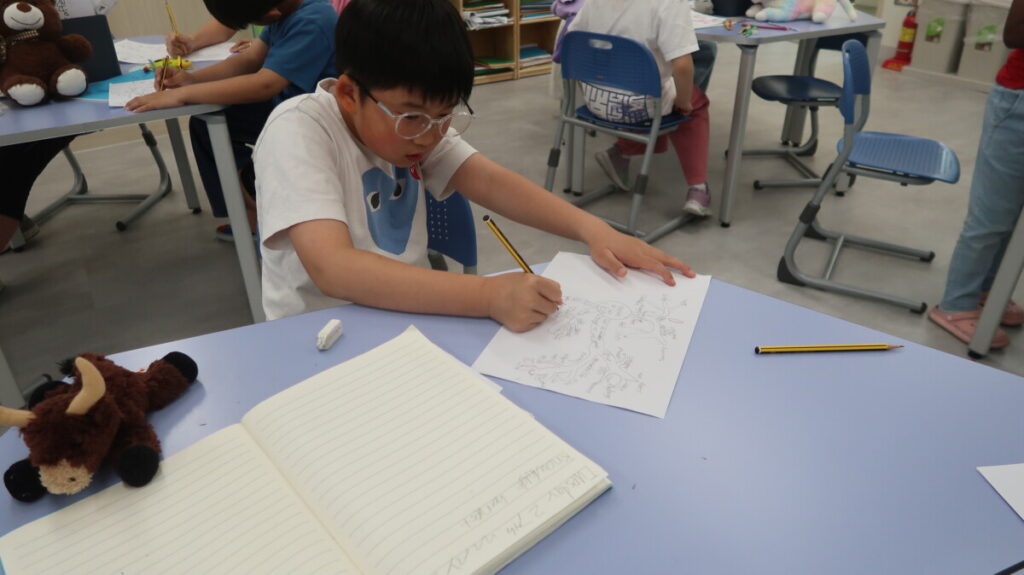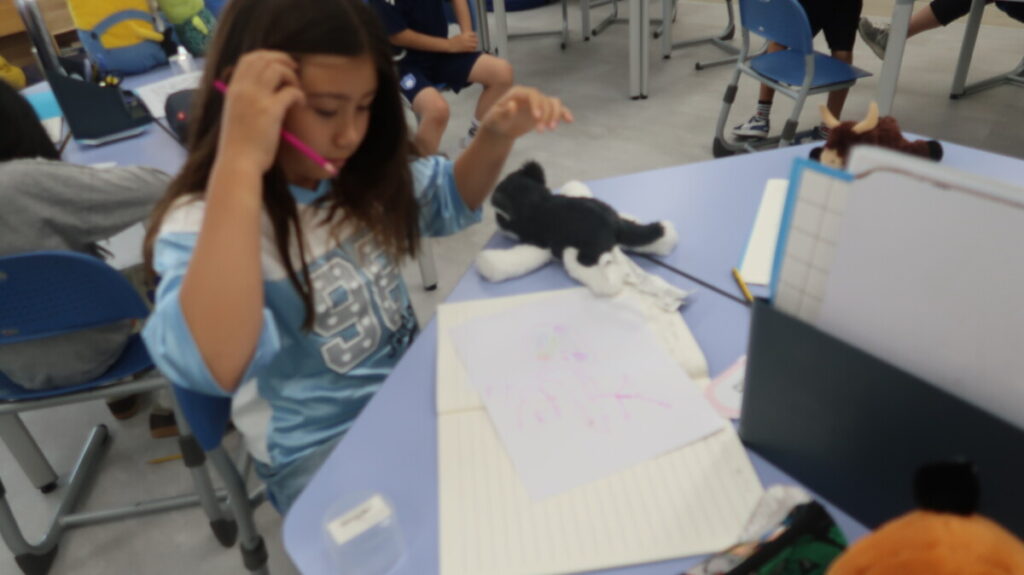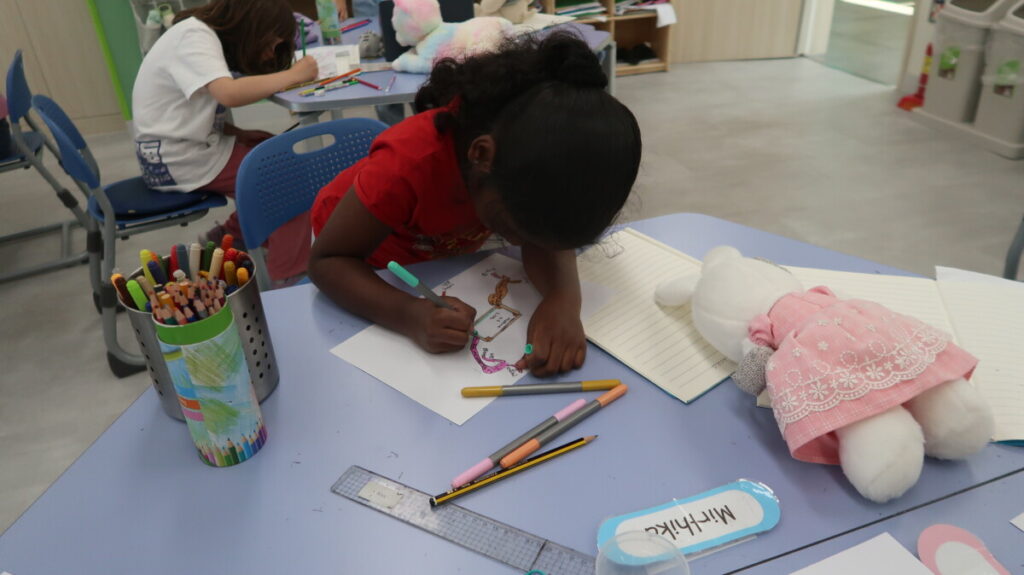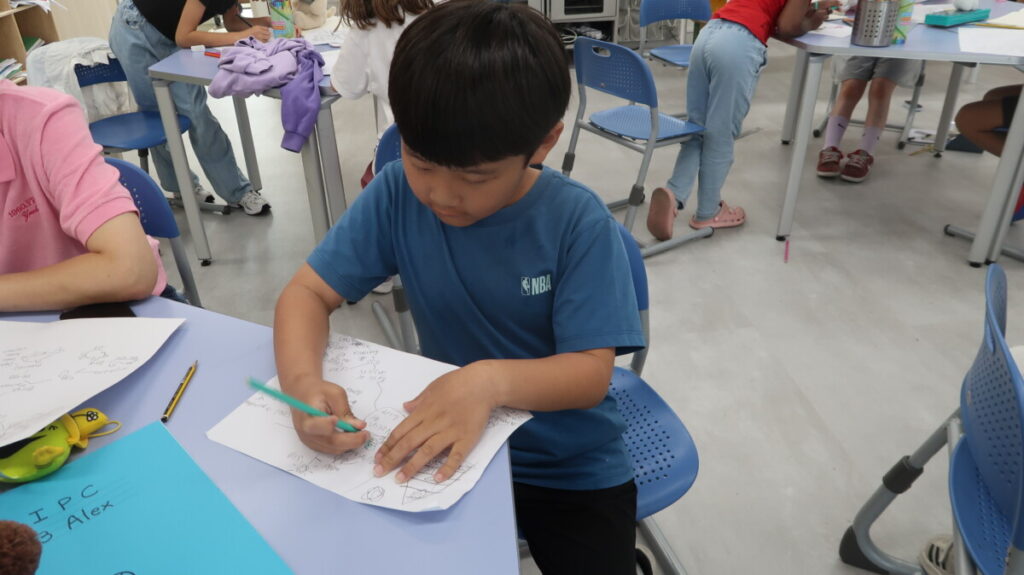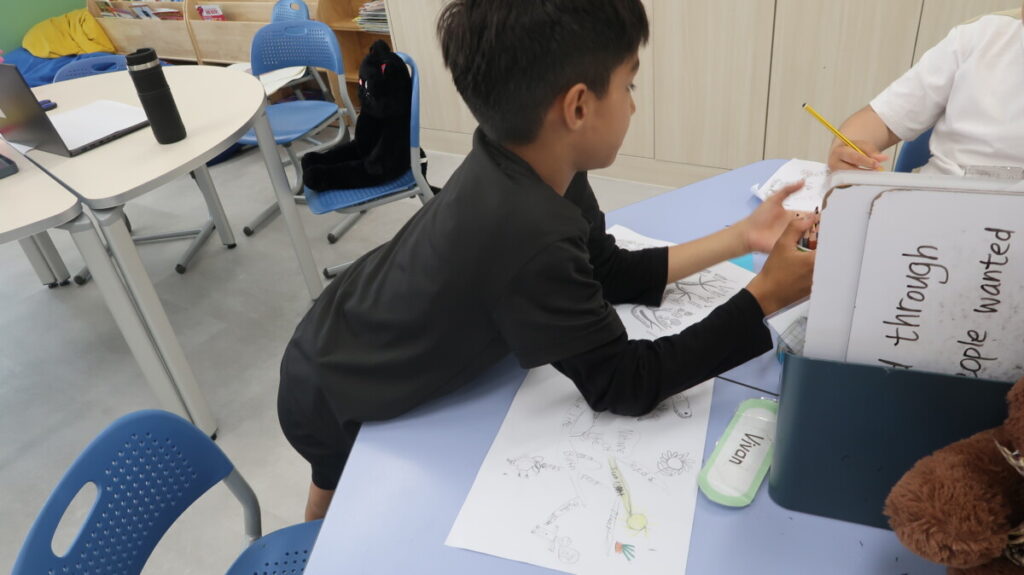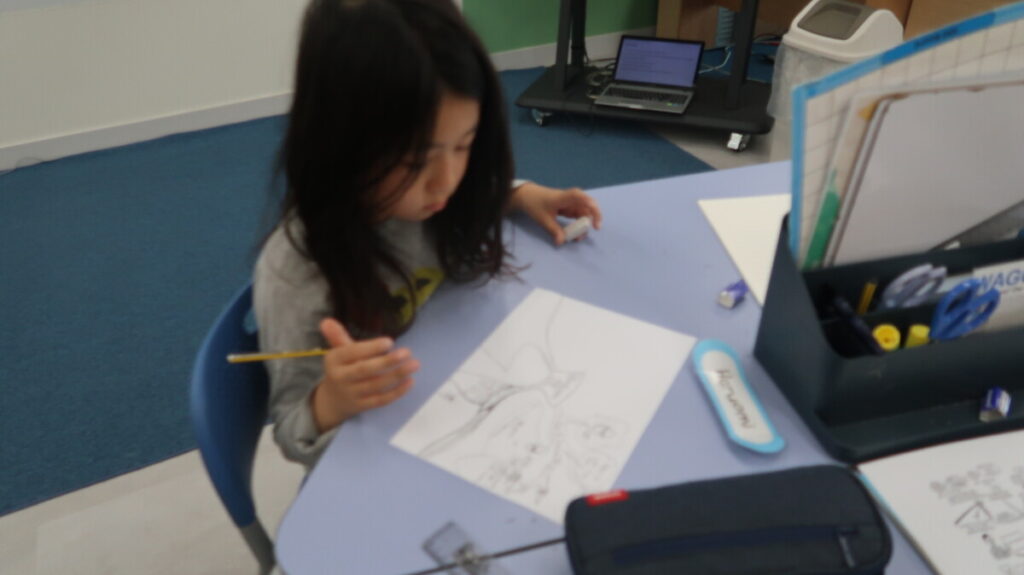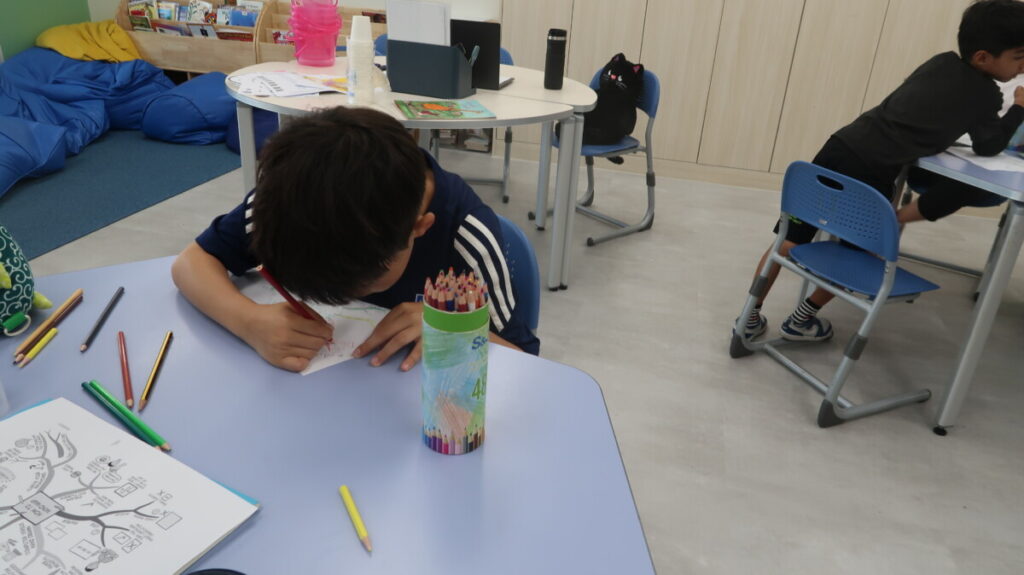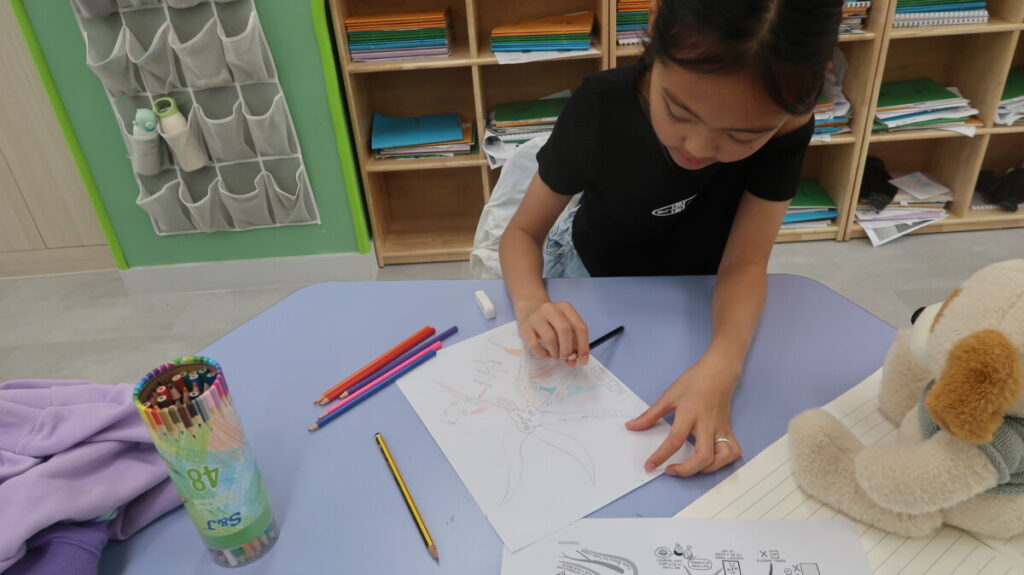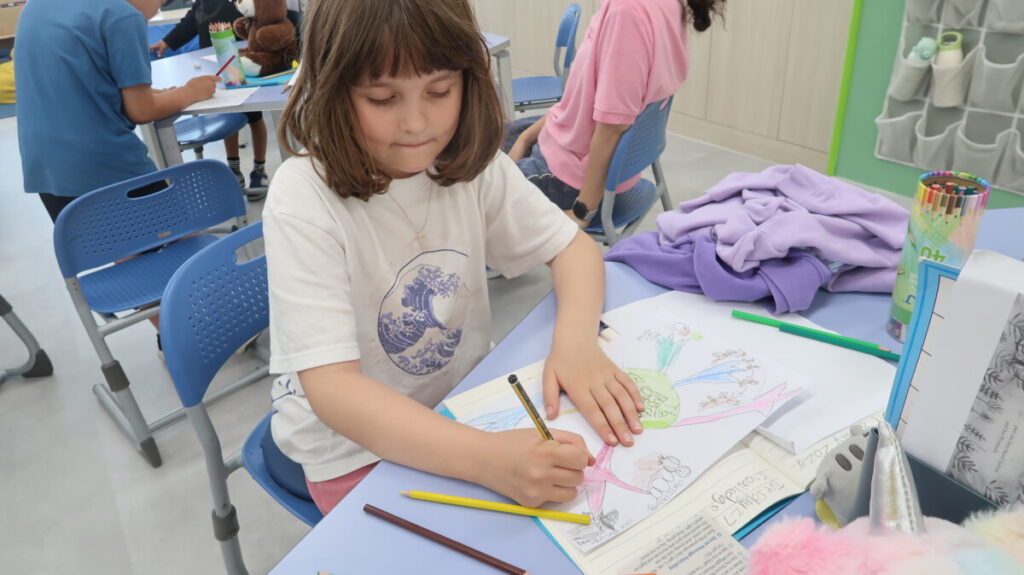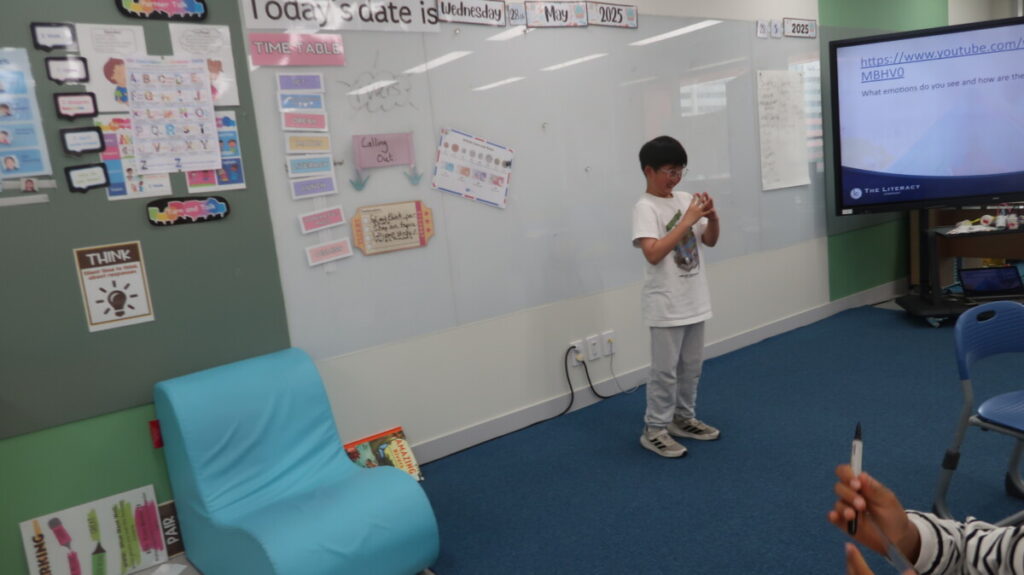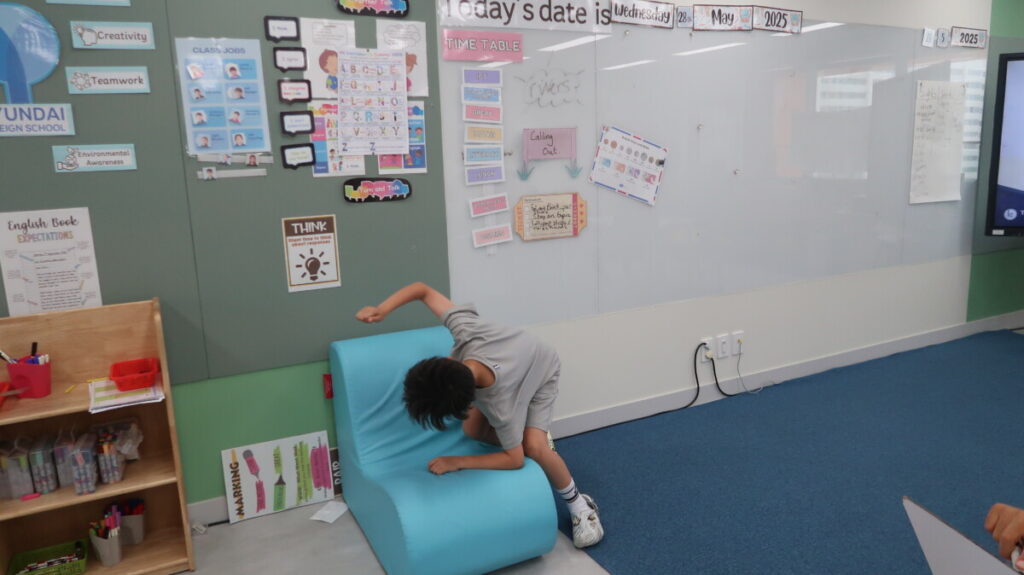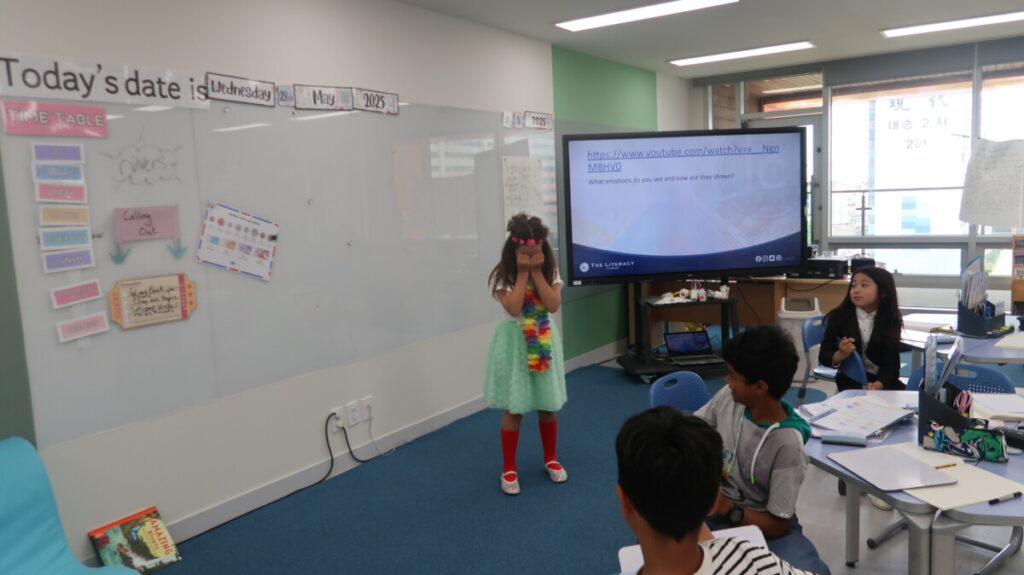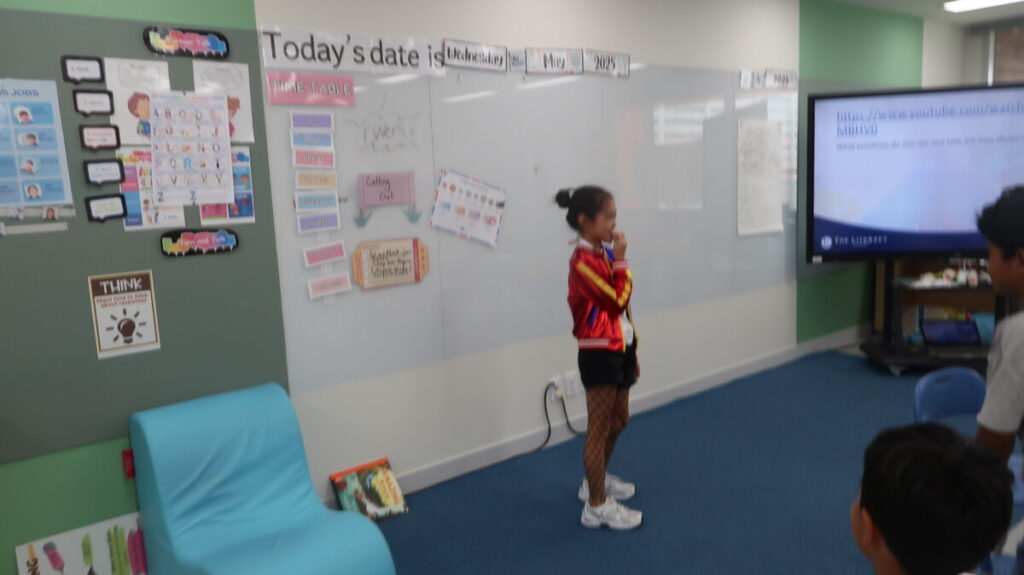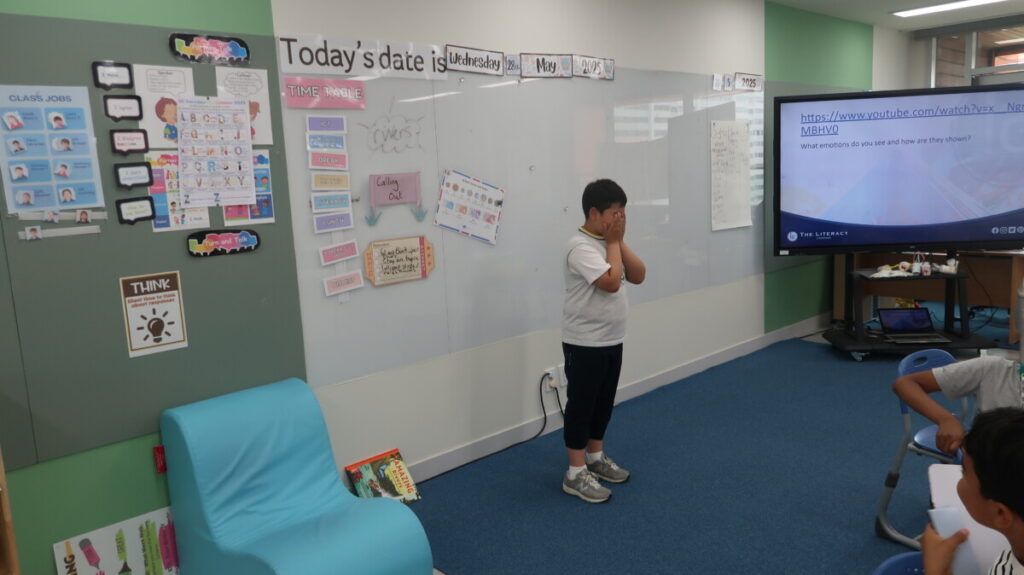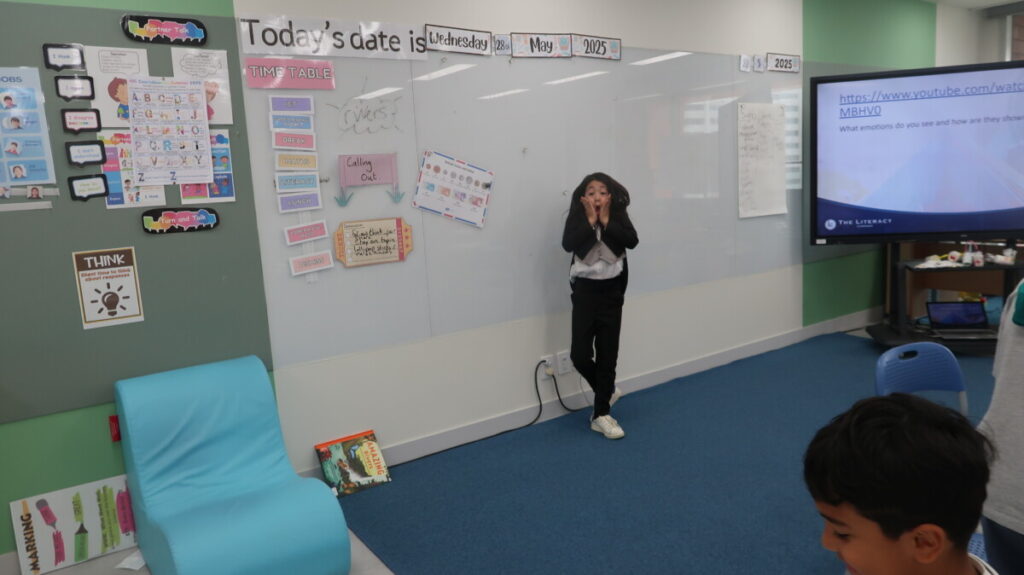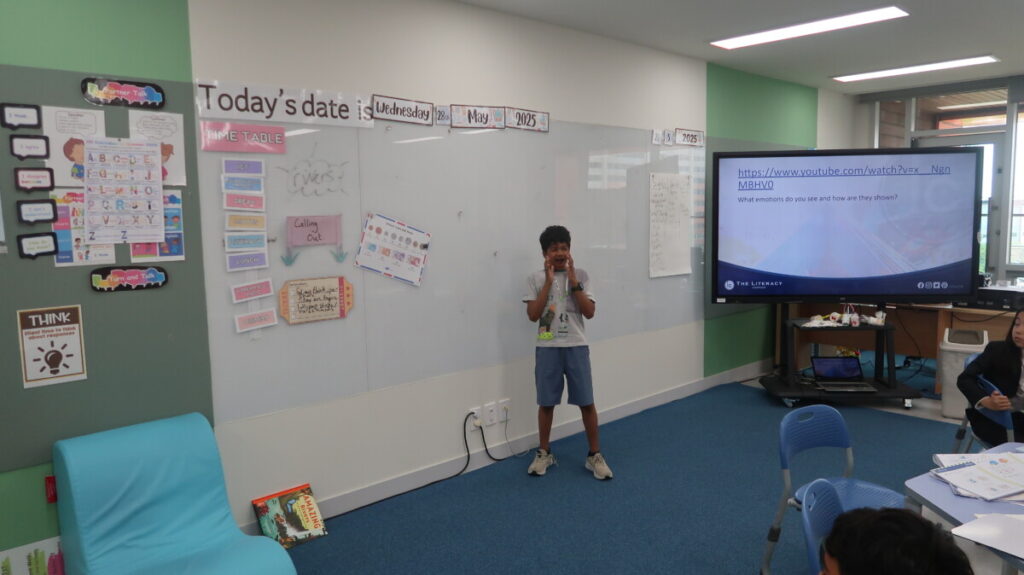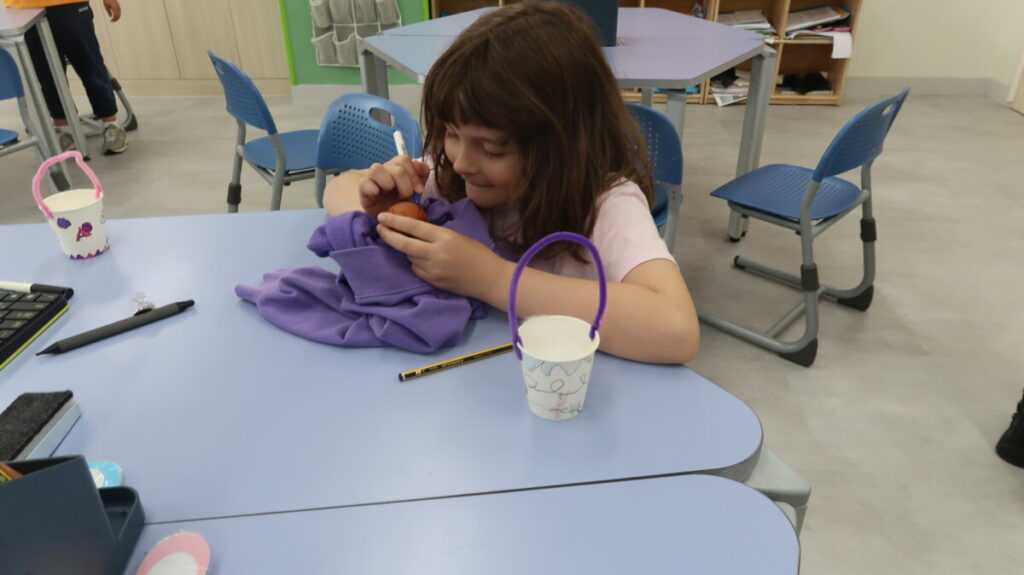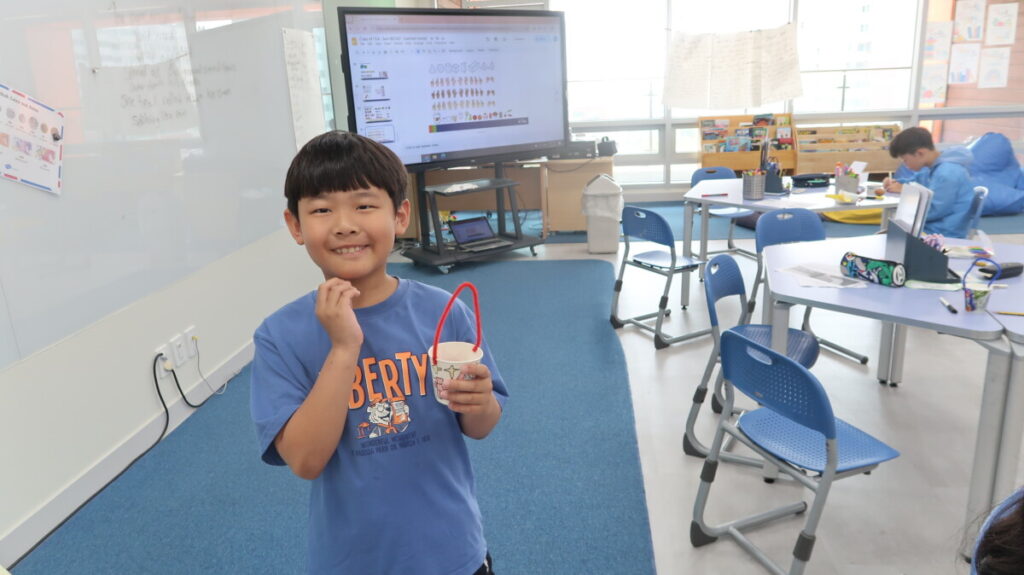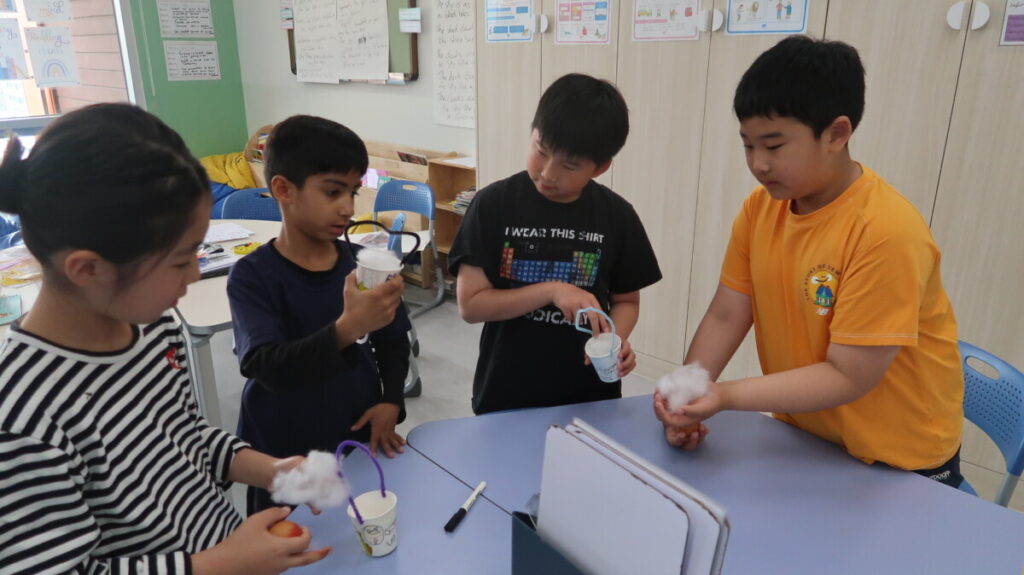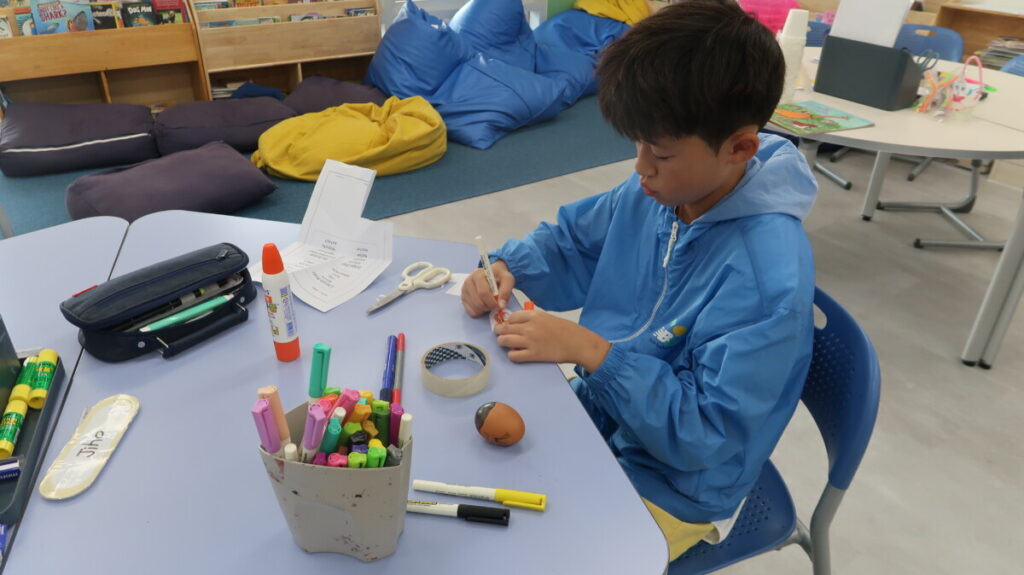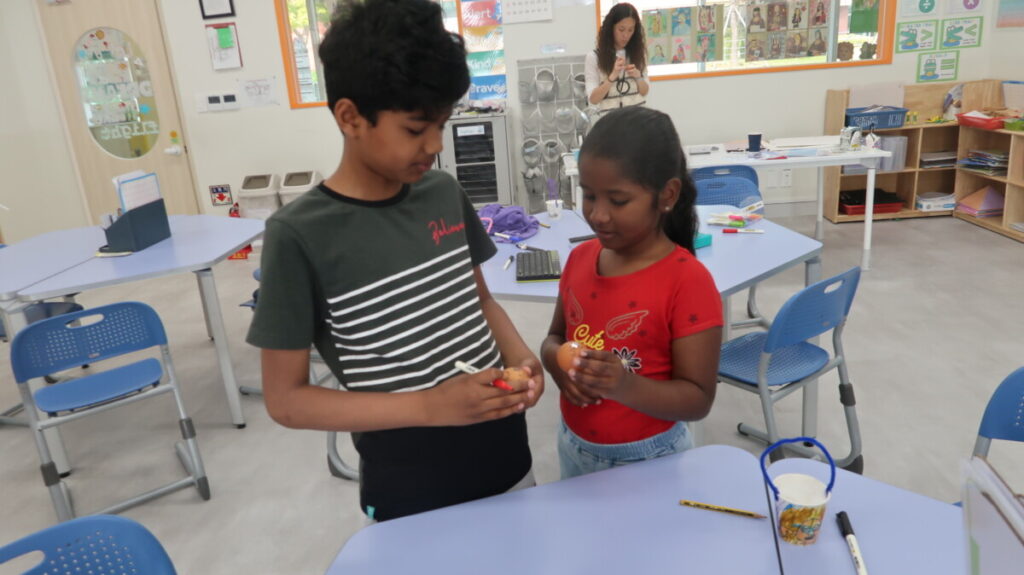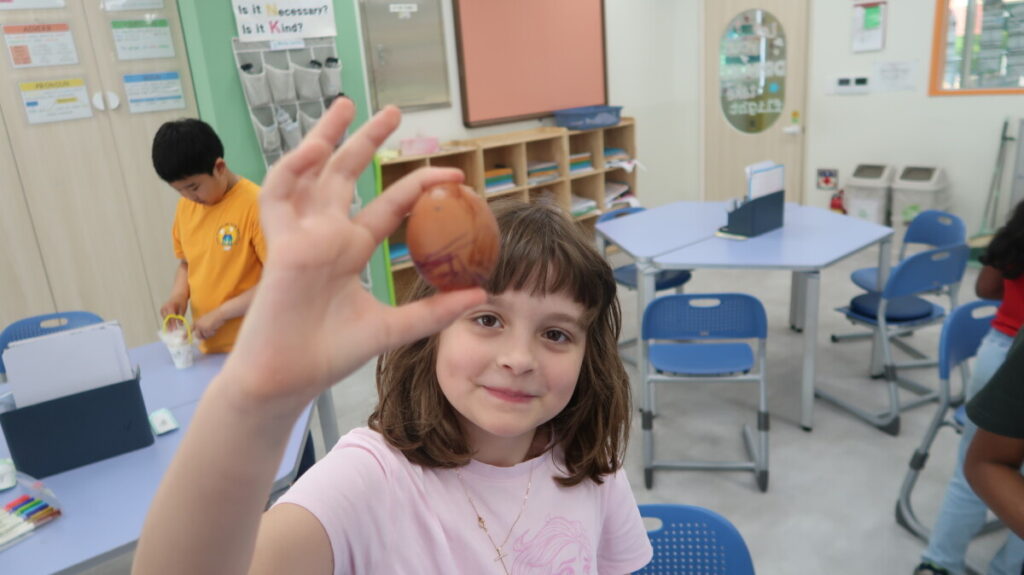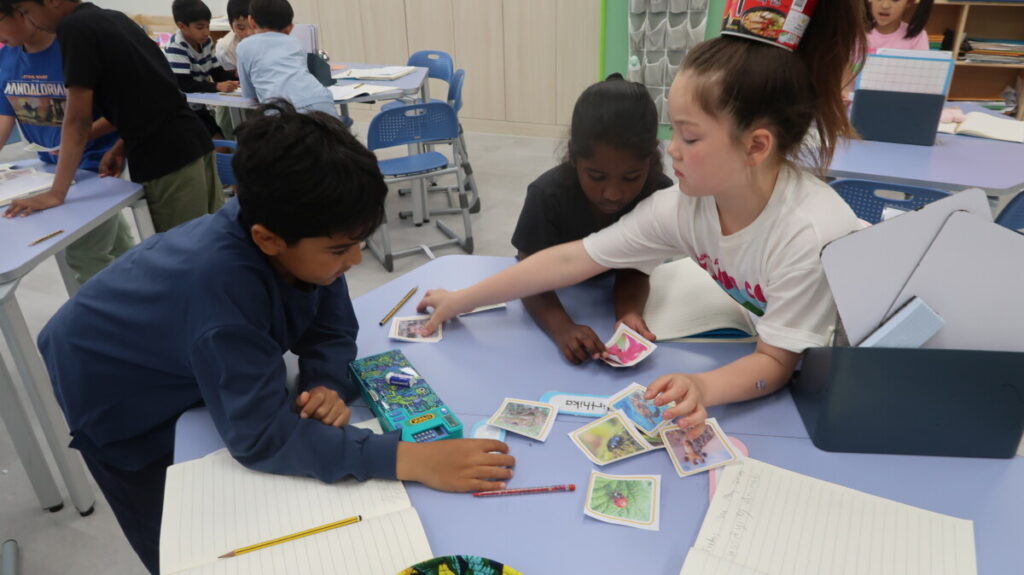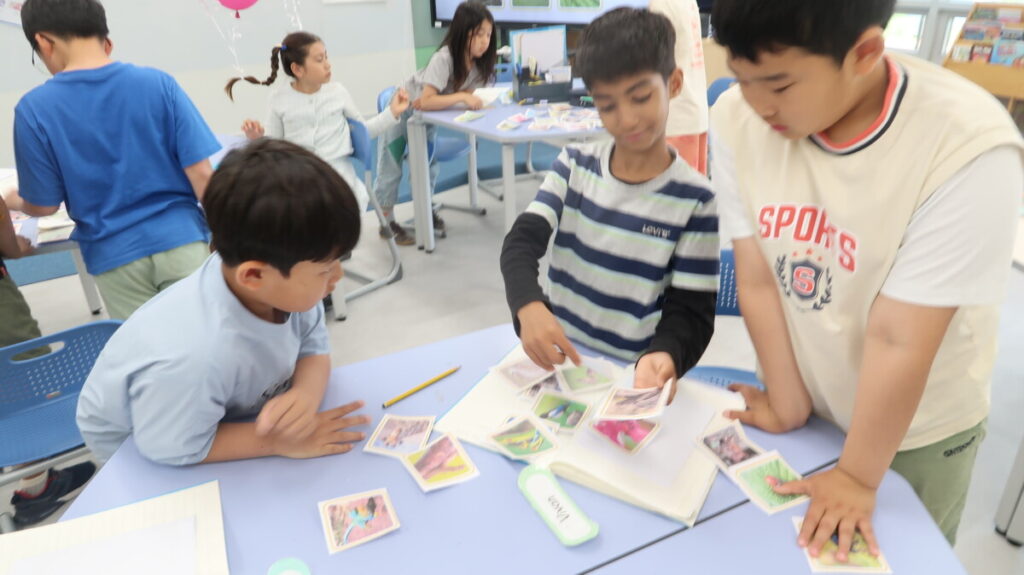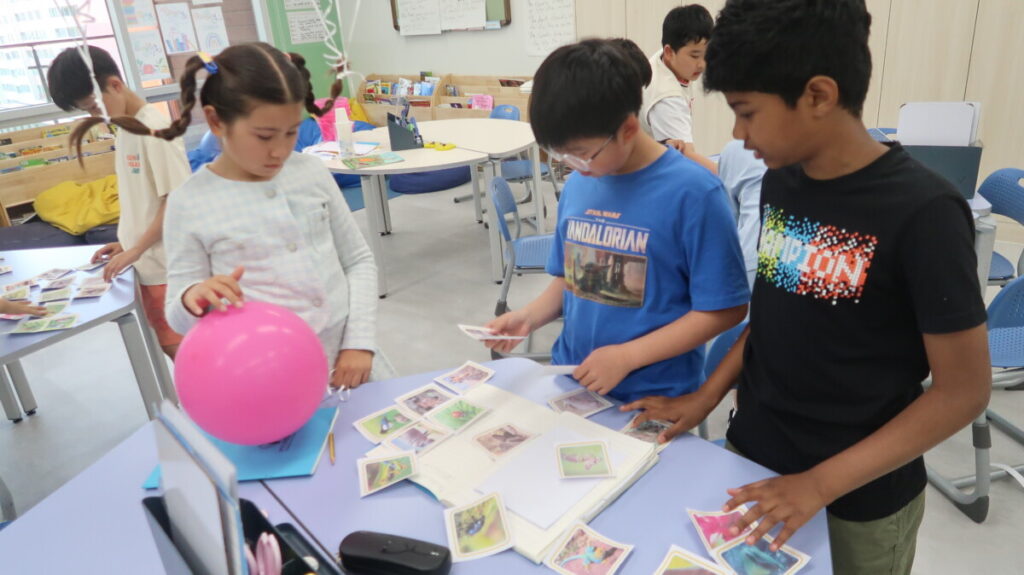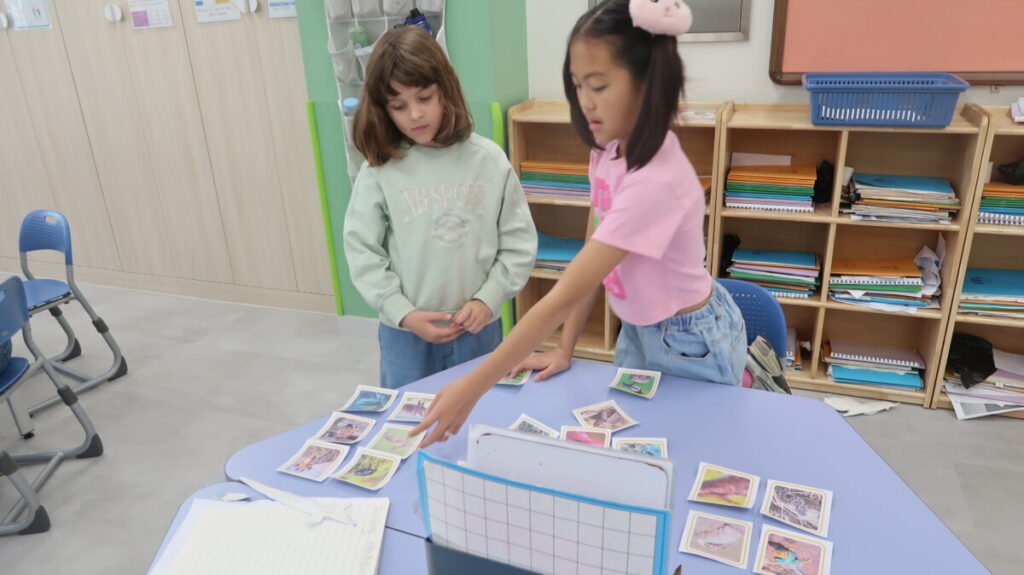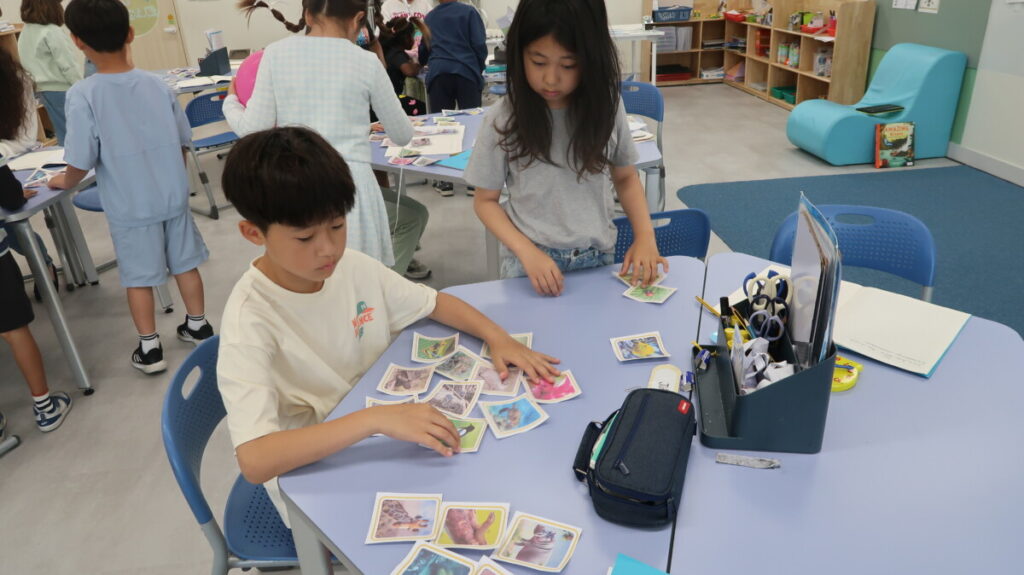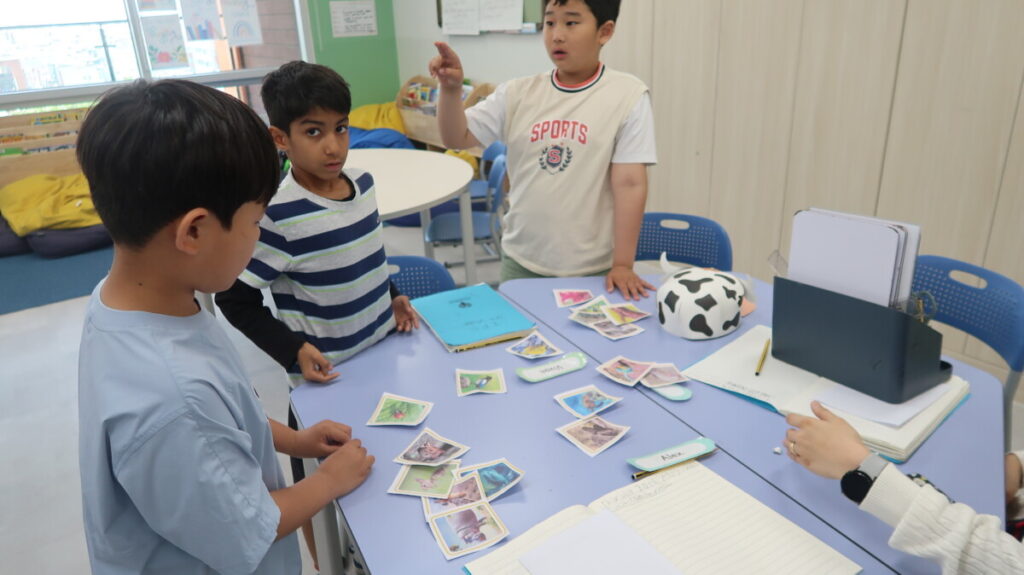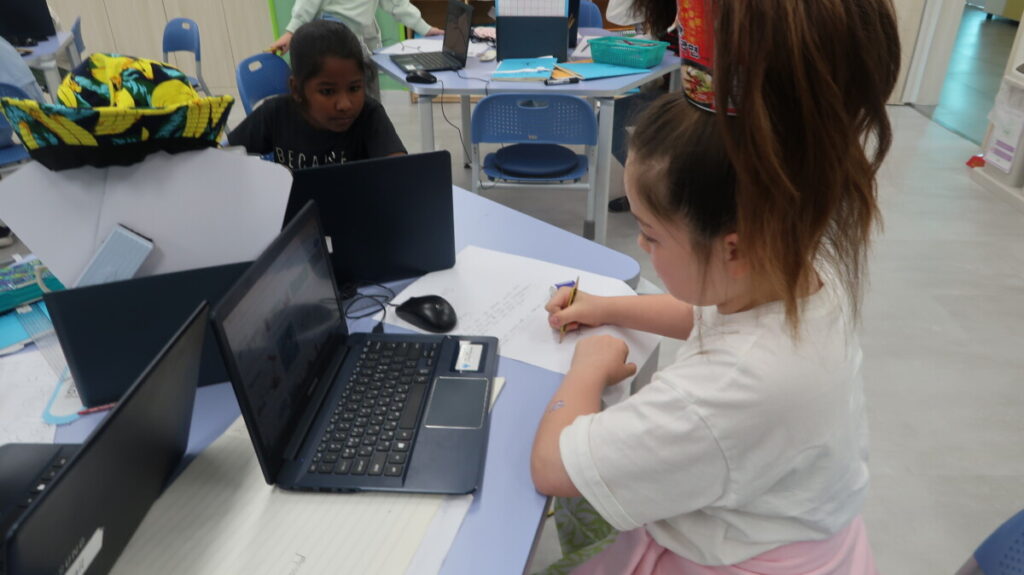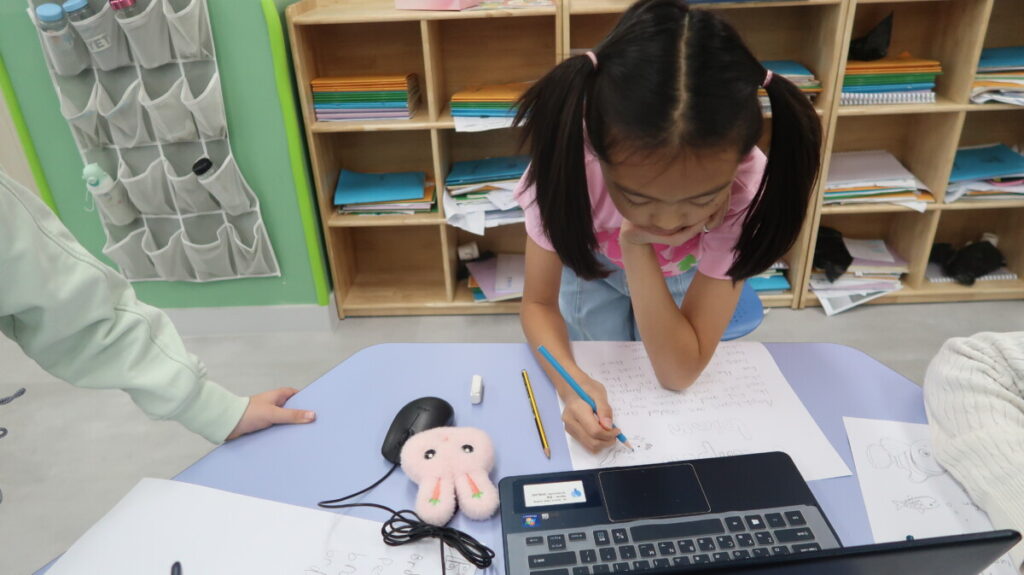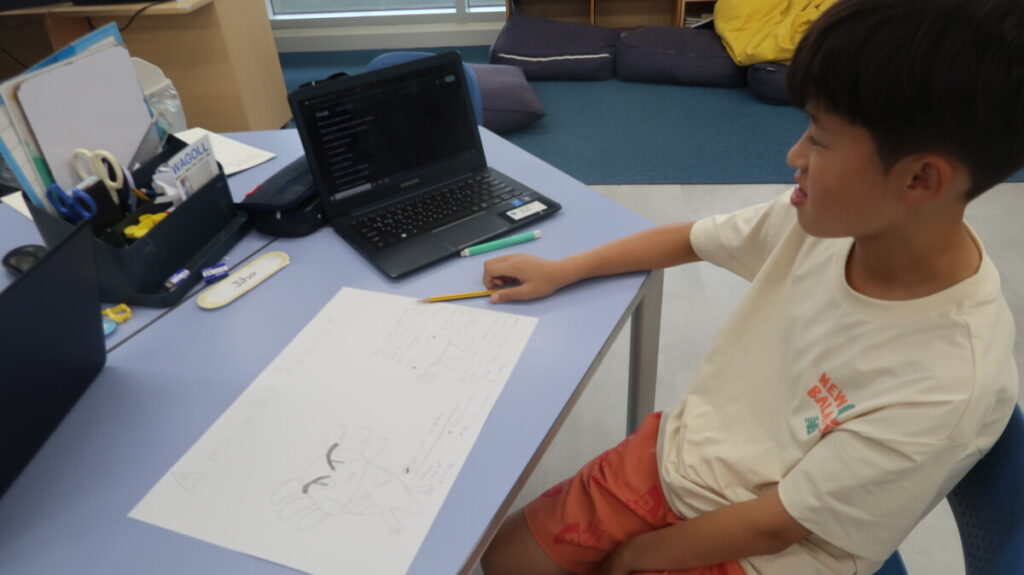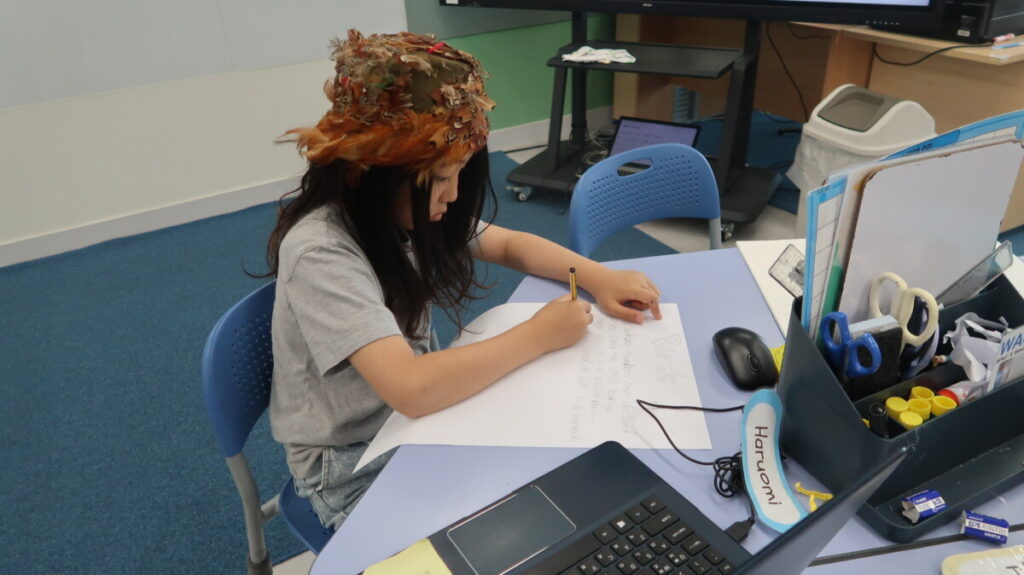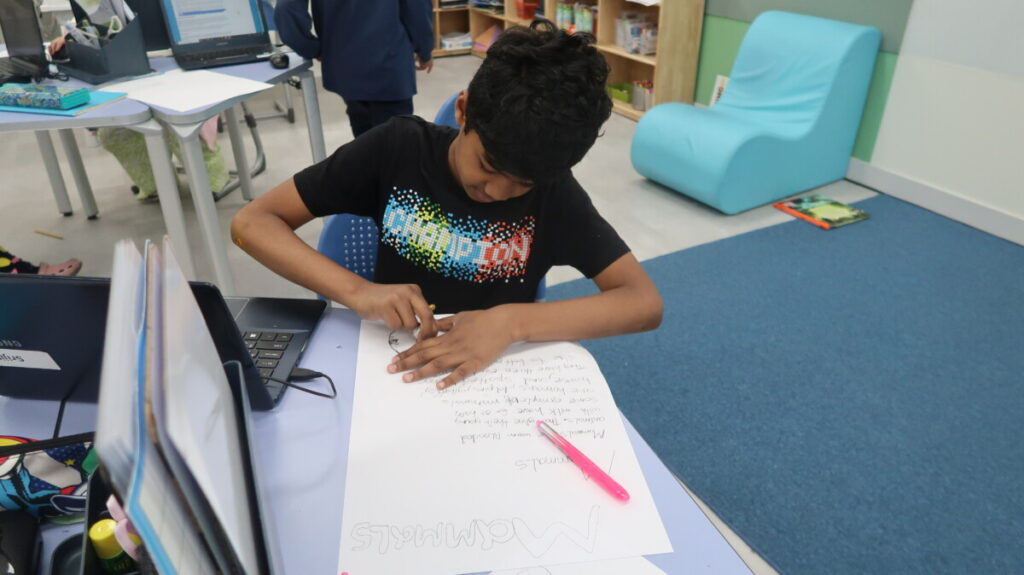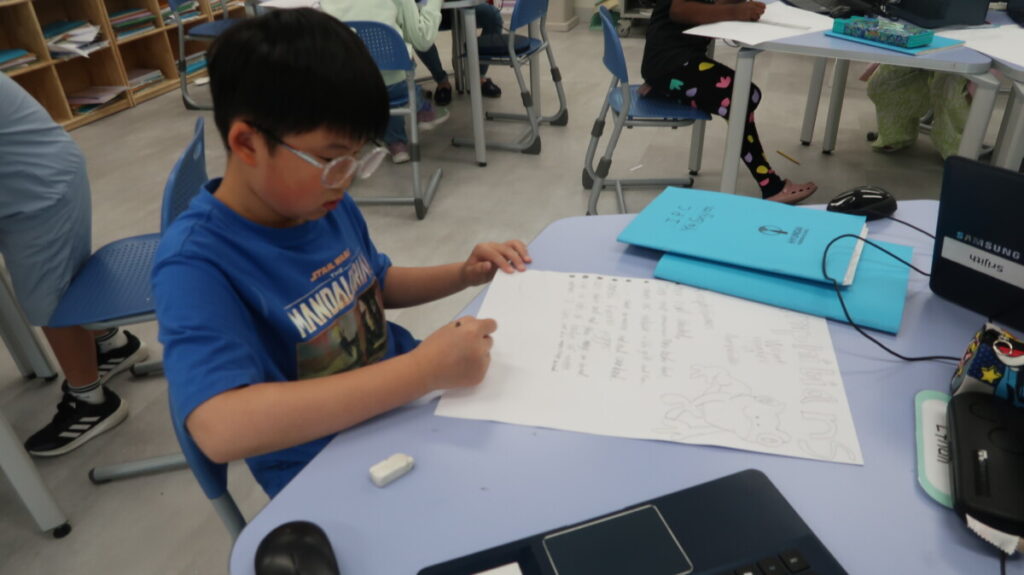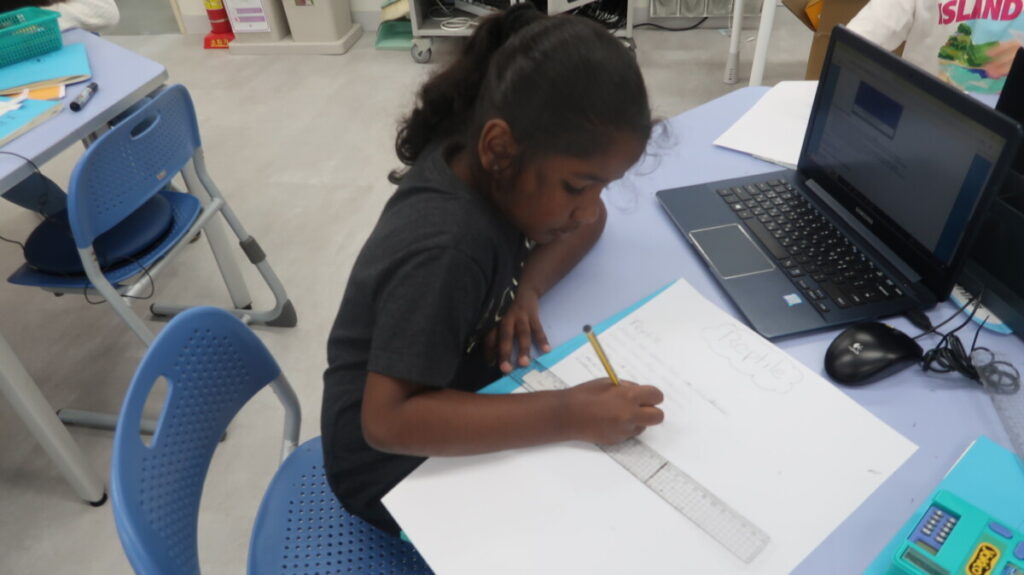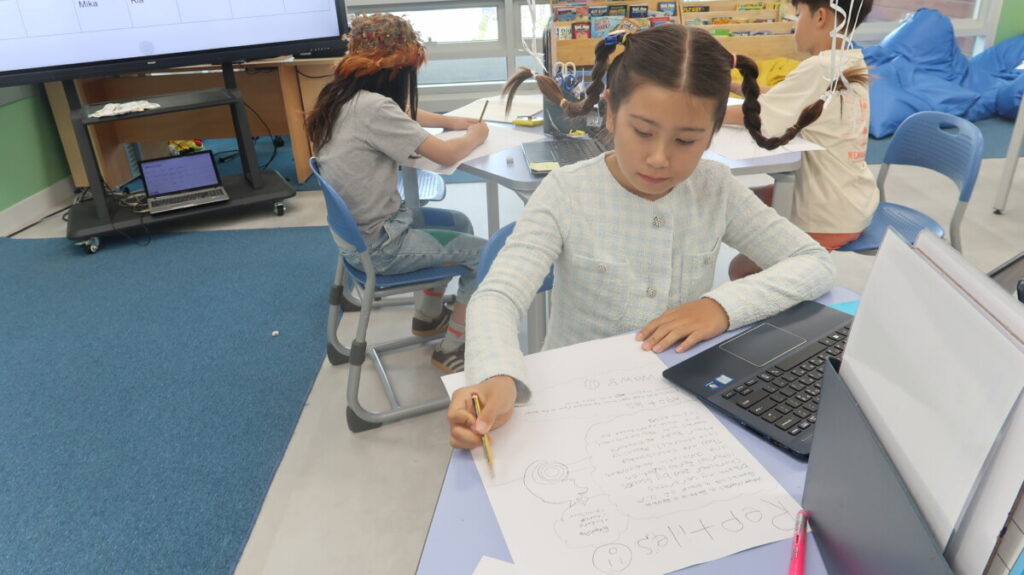Firstly, thank you to everyone who has signed up for the trip and sent money to school, the Year 3/4 class will have a great time.
We’ve had another busy and exciting week full of hands-on learning, creativity, and collaboration. Here’s a snapshot of what we’ve been up to across the curriculum. The class have also enjoyed the ABC countdown to the end of the year, thank you so much for your efforts with this. Monday is G for Games, so everyone is welcome to bring in a board game or card game to play.
In Maths, the children continued their unit on money, with a focus on using their skills in real-life contexts. They practised adding and subtracting different amounts, including solving multi-step problems. A key focus this week was calculating change, where the children used number lines and counting strategies to find the difference between amounts. They worked on interpreting word problems, using bar models and part-whole models to help visualise the problems. Many children also began to develop their mental maths strategies, particularly when working with coin combinations and rounding to estimate totals and change.
In Literacy, the children used their creativity to design an invention that could help transport Zeraffa from Marseille to Paris. They then made persuasive posters to promote their inventions, using persuasive language and rhetorical questions to engage their audience. The class also explored the writing technique Show, Don’t Tell, learning how to describe a character’s feelings through actions, dialogue, and body language rather than simply stating emotions. To support this, they took part in an acting game where they mimed different feelings, helping them to better understand how emotions can be shown rather than told. Additionally, the children created a timeline to track the key events in the story, developing their sequencing and summarising skills.
In IPC, the children launched their new unit, The Nature of Life, by creating a mind map to show their existing knowledge about animals and living things. They then began to explore how animals can be classified. The class worked on sorting animals into different groups based on their features. Following this, they created informative posters that demonstrated their understanding of the five main vertebrate groups: mammals, birds, reptiles, amphibians, and fish.
